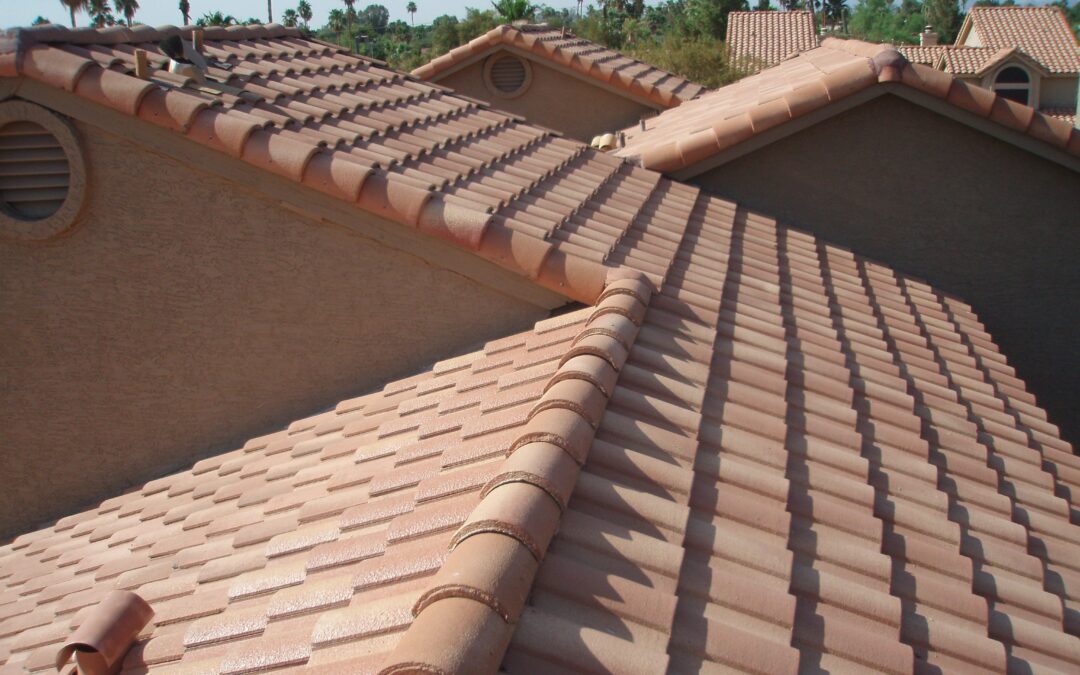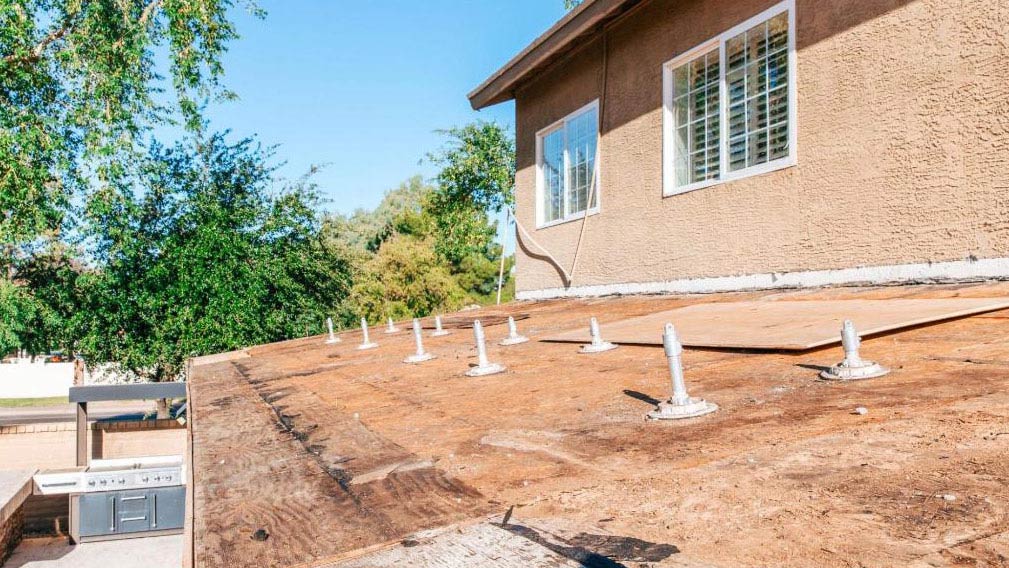As monsoon season ends and winter snows approach Arizona’s northern regions, now is a good time to address potential roofing issues which could lead to costly repairs later in the year. Arizona homes boast a wide range of roofing types and whether yours is foam, metal, shingle, tile or a variant of the like, here are some things to consider as the seasons change:
Perform a visual inspection. Check for loose shingles or tiles. Future storms can displace these materials, allowing more water to access the lower roof decking areas and increasing the potential for leaks. Under even light snow loads, roofing can become dislodged and fall, creating a potential hazard.
Check storm gutters and scuppers for debris. Built up leaves, dirt or roofing fragments can back up drainage areas causing water to collect in ponds. Flat foam and rolled asphalt roofs are particularly vulnerable as standing water can cause new rifts to form in the roofing and existing trouble spots to worsen. In addition, the added weight on the roof for prolonged periods can cause trusses and rafters to bow or buckle under the stress.
Look for existing divots or cracking in the roof surface. This is especially true of foam roofs and older roofs where materials have becomes porous or brittle over time. Be sure to carefully inspect vent areas, chimney spots and other merging areas where leaks are more likely to occur.
As for folks living or enjoying vacation homes in Arizona’s cold climate areas, now is the time to winterize your property.
Watch for tree limbs or branches hanging over areas of the roof which could break loose under the weight of snow.
Again check your gutters to ensure that melting snow has a clean and clear path to flow away from all roofing surfaces.
And lastly, ensure that your winter home has proper roof insulation to prevent roof icing.
In the end, the integrity of your home’s roof will impact the energy efficiency of its heating and cooling system and any ability to resist water damage, pest infestation and more.




